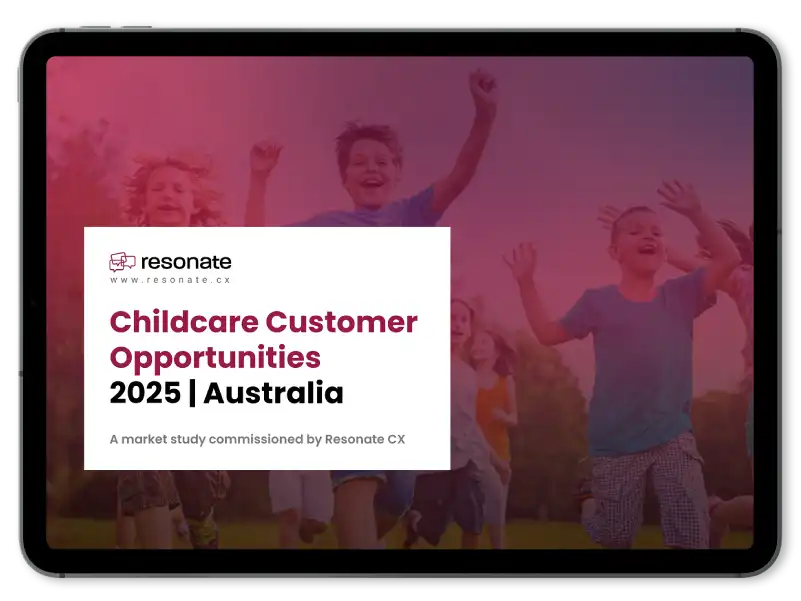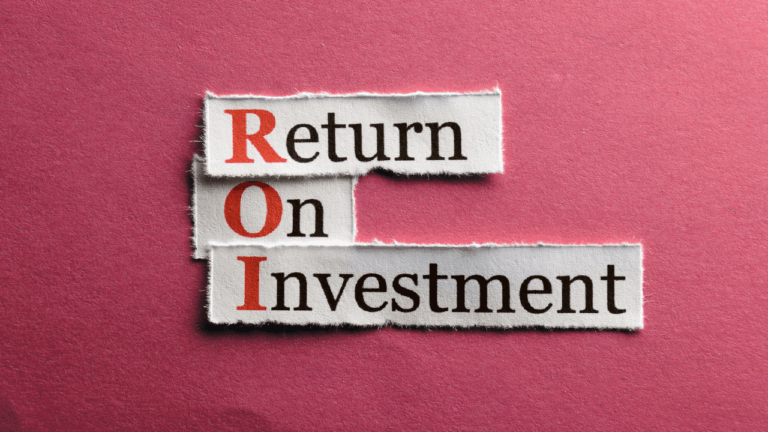TLDR:
- Investing in customer experience (CX) is no longer a “nice-to-have” but a critical business driver with a clear return on investment. The article cites a study that found companies prioritizing customer obsession experience faster revenue and profit growth.
- A strong CX program directly impacts revenue by increasing repeat business and generating referrals. It also reduces costs by improving customer retention and lowering expenses related to customer support.
- To effectively measure the ROI of CX, businesses should use specific metrics and connect them directly to financial outcomes. Key CX metrics include Net Promoter Score (NPS), Customer Satisfaction (CSAT), and Customer Effort Score (CES).
- A high-ROI CX strategy requires a holistic approach that integrates people, processes, and technology across the entire customer journey. This ensures a consistent and positive experience for customers at every touchpoint.
- Strategies for improving CX include actively listening to customer feedback, designing experiences that anticipate customer needs, and empowering employees to resolve issues efficiently. These actions create value and build long-term customer loyalty.
Introduction: Beyond a Cost Center
Here’s the thing about customer experience (CX): for years, it was the kid at the boardroom table nobody really listened to. All heart, no numbers. People would nod along, “Sure, happy customers matter,” but when it came time to prove ROI, the case always felt unproven.
Fast-forward to now. With unified experience platforms, AI-driven analytics, and dashboards that make sentiment look like a balance sheet, CX finally has receipts. Retail, B2B, services. It doesn’t matter. Companies are suddenly able to show how experience ties directly to revenue growth, customer loyalty, and resilience when markets get rocky.
And this isn’t just hand-waving optimism. A 2024 Forrester study demonstrated that “customer‑obsessed” companies enjoy 41% faster revenue growth, 49% faster profit growth, and 51% better customer retention compared to peers that were less focused on CX. Notably, the Forrester paper is just one of several that have recently emerged that demonstrate tangible links between CX and positive business outcomes.
The once-flimsy argument for CX has hardened into something boardrooms can’t ignore: investing in experience is one of the smartest bets you can make.
The Foundational Business Case for CX
Customers who feel valued come back more often and advocate for your brand, creating opportunities to gain leads who are already primed to buy and become advocates themselves. Bain & Company reports that even a 5% lift in retention can raise profits by up to 95%. That’s the compounding power of experience-driven loyalty.
The savings side is equally compelling. Poor CX increases customer churn and ramps up customer acquisition costs. Common CX issues like clogged service lines also create needless rework, costing your business resources. In contrast, organisations that embed CX into their culture and processes tend to report lower support costs, fewer problems, and smoother operational efficiency, as shown by a KPMG study. Given that CX has clear implications on a business’s finances, it should be viewed as a core aspect of business health, not an afterthought.
Key Financial Benefits
- Increased Revenue: Happy customers generate repeat business, spend more over time, and provide referrals that reduce the cost of customer acquisitions.
- Cost Reduction: Better CX means fewer customer service escalations and less churn. Every avoided support call or reacquisition campaign translates into direct savings for the business.
Quantifying the Return: Metrics That Matter
With much at stake and a lot more to consider, top decision-makers have to manage risks by depending on hard numbers rather than casual observation or gut feel. This is why quantifying the ROI on your CX programmes is essential.
Though CX advocates may face several challenges in connecting CX metrics with financial outcomes, the payoff is worth it. Here are a few useful starting metrics for CX and business outcomes:
CX-Specific Metrics
- Net Promoter Score (NPS): Gauges customer loyalty and word-of-mouth potential. A rising NPS suggests customers are more likely to refer others.
- Customer Satisfaction (CSAT): Measures satisfaction at specific moments, such as after a purchase or support interaction.
- Customer Effort Score (CES): Indicates how easy it is for customers to accomplish tasks. Easier interactions mean less friction, laying the groundwork for repeat business and stronger loyalty.
Business-Oriented Metrics
- Customer Retention and Churn Rate: These are measurements of customer loyalty and dissatisfaction with direct implications on revenue stability and future growth.
- Customer Lifetime Value (CLV): Shows how much revenue each customer contributes over time. This can serve to put a dollar value on customer loyalty. This metric is often presented alongside Customer Acquisition Cost (CAC) to compare and contextualise it with the cost of acquiring a new customer.
Connecting the Dots
For CX to be taken seriously, CX metrics must be tied to outcomes leaders care about. For example, showing that a 10-point rise in NPS is related to a 5% drop in churn and an increase in CLV makes a strong business case for improving CX further. The clearer the financial linkage, the simpler it is to secure long-term CX investment.
Strategies for a High-ROI CX Program
Delivering a strong return on your CX investments requires more than one-off fixes. A holistic, sustained approach that spans journeys rather than just touchpoints will be critical for sustaining your CX successes. After all, your customers don’t think in silos, so it doesn’t make sense for your CX programmes to be segregated.
The Holistic Approach
A customer’s perception is shaped across their entire journey, including browsing, purchase, direct interactions with the product, billing, support, and beyond. If you fall short in any of these areas, the customer’s whole experience suffers. High-ROI programmes will integrate people, process, and technology so that CX improvements are felt and kept consistent across every stage.
Actionable Strategies
- Listen to Feedback and Close the Loop: Every survey, review, or comment must be treated as valuable data. However, simply listening is not enough. You must also close the loop by showing customers and employees how their input shaped your action. This builds trust and sustains both customer and employee participation.
- Anticipatory Experience Design: Rather than reactively fixing pain points, rethink your approach to design experiences that proactively prevent them. For example, you want to notify customers of delivery delays before they ask.
- Empower Employees: CX and employee experience (EX) are intertwined. Employees who have the tools, context, and authority to act gain the power to deliver better service and create positive lasting impressions among your customers.
The most successful programmes embed CX into KPIs that support these strategies across the different departments. This can ensure shared accountability for CX across the organisation. With the right CX and EX platforms, you can consistently transform data into meaningful action. Still, while technology can amplify the effort, it’s culture that sustains results.
Conclusion: Investing in the Future
CX should no longer be seen as a discretionary expense but as an area with strategic value. Targeted investment in CX consistently offers ROI across revenue, efficiency, and customer loyalty, areas that are essential for businesses trying to build resilience and strengthen their brand equity.
With more customers letting their experiences guide their decisions, offering better CX than your competitors may be the most reliable way to differentiate your business. When measured, managed, and embedded into your culture, CX becomes one of the most valuable assets your organisation can own.









